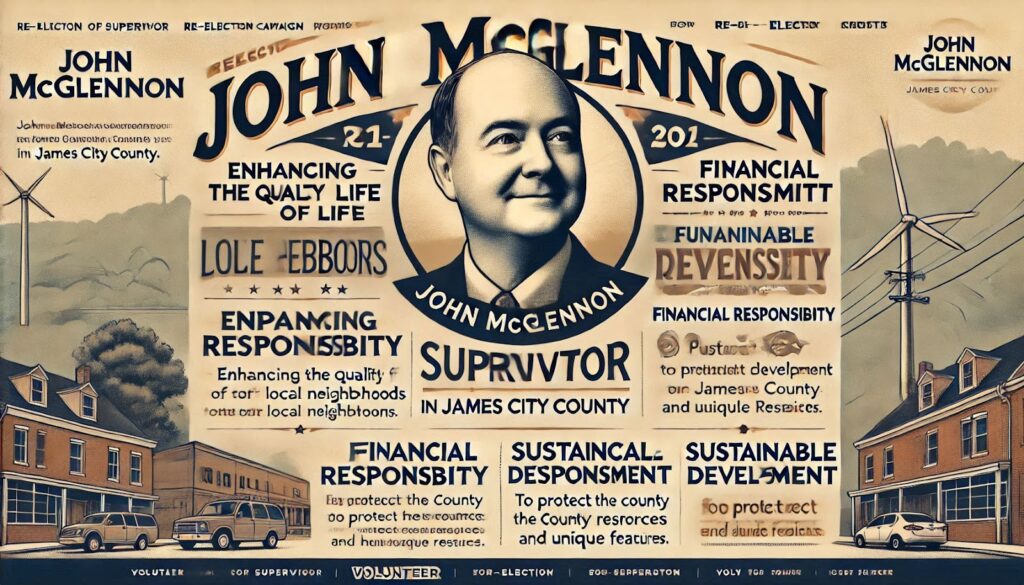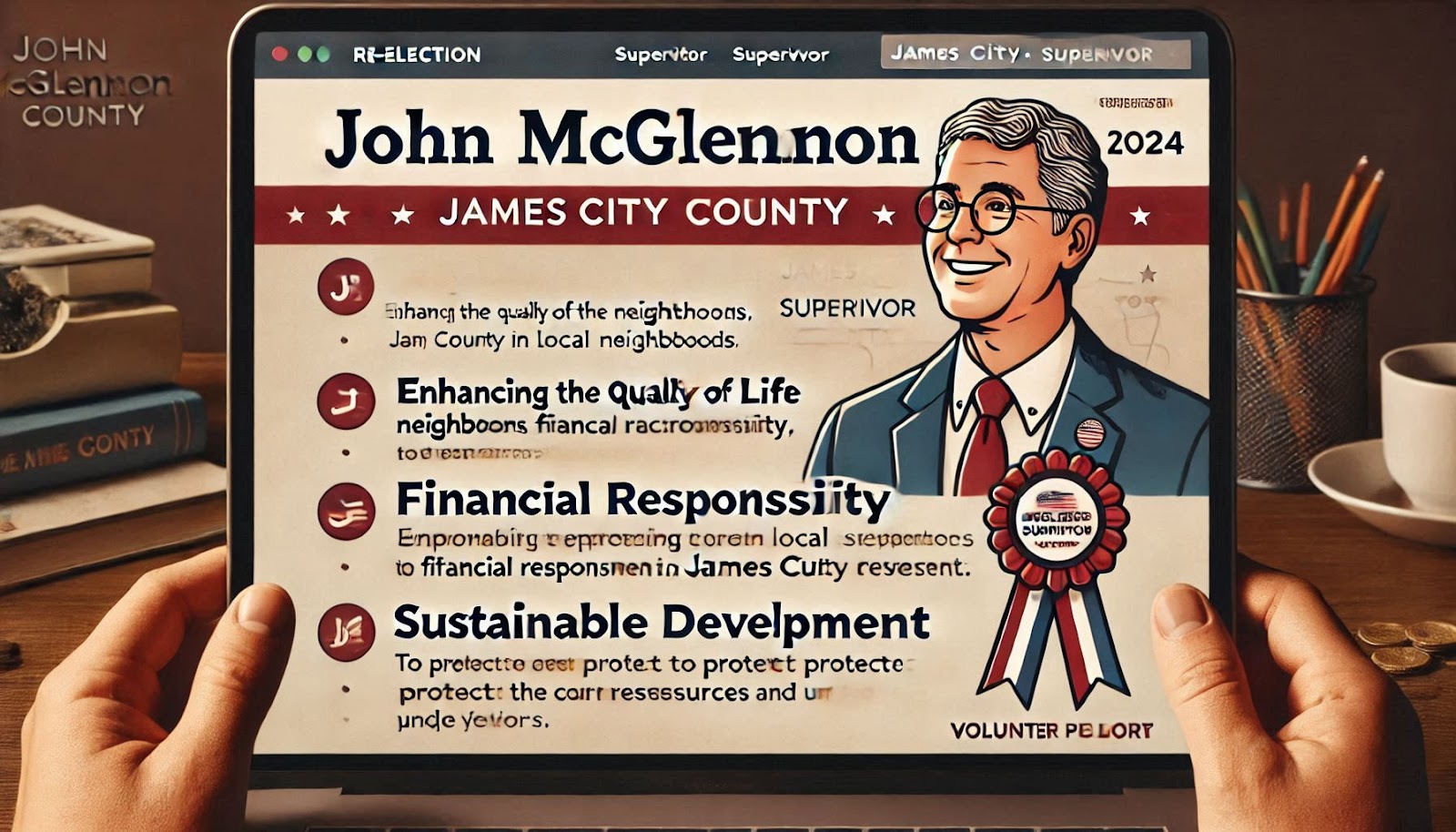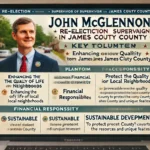In the rapidly evolving landscape of the United Arab Emirates, the emirate of Sharjah stands as a testament to thoughtful urban development and sustainable growth. The strategic management of land in Sharjah has become increasingly crucial as the emirate positions itself as a cultural and economic powerhouse in the region. With a land area of approximately 2,590 square kilometers, Sharjah’s approach to land utilization and sustainability has set new benchmarks in the Middle East. The emirate’s commitment to preserving its natural heritage while embracing modern development has created a unique blueprint for sustainable urban growth that other regions seek to emulate.
Beyond the Desert: Sharjah’s Environmental Renaissance
The transformation of Sharjah’s landscape represents a remarkable journey from arid desert terrain to a thriving urban ecosystem. The emirate’s environmental initiatives have resulted in the creation of over 54 public parks and green spaces, covering more than 12.8 million square meters. This dramatic shift began in the early 2000s when local authorities implemented the Green Sharjah Initiative, which has since led to the planting of over 2 million indigenous trees and shrubs.
In recent years, Sharjah has invested heavily in environmental research and conservation, establishing the Desert and Marine Conservation Center in 2019. This facility has documented over 860 native plant species and developed innovative irrigation techniques that reduce water consumption by up to 43% compared to traditional methods. The center’s work has been instrumental in preserving local biodiversity while supporting sustainable development practices.
The emirate’s commitment to environmental sustainability extends beyond urban areas. The Al Hefaiyah Mountain Conservation Centre, spanning 12 square kilometers in the Hajar Mountains, serves as a sanctuary for endangered species and supports crucial research into desert ecology. The center has successfully reintroduced several native species, including the Arabian tahr and mountain gazelle, while maintaining detailed studies of local flora adaptation to climate change.
These environmental initiatives have not only enhanced the quality of life for residents but have also contributed to Sharjah’s growing reputation as a leader in sustainable development. The emirate’s green spaces now serve multiple purposes, from recreation to carbon sequestration, with recent studies indicating that Sharjah’s urban parks absorb approximately 18,000 tons of CO2 annually.
Smart Growth: The Economic Dimension of Land Management
Sharjah’s approach to land management has evolved into a sophisticated economic strategy that balances development with sustainability. The emirate has implemented a comprehensive land-use framework that has attracted over AED 8.5 billion in real estate investments during 2024 alone. This framework emphasizes mixed-use developments that maximize land utility while minimizing environmental impact.
The Sharjah Investment and Development Authority (Shurooq) has played a pivotal role in this transformation, overseeing projects worth AED 12 billion across various sectors. These developments include innovative concepts such as sustainable industrial parks, which incorporate renewable energy systems and water recycling facilities. The Al Sajaa Industrial Oasis, spanning 14 million square feet, exemplifies this approach, with 40% of its area dedicated to green spaces and sustainable infrastructure.
Recent data shows that sustainable land development projects in Sharjah have generated over 15,000 direct jobs and contributed to a 12% increase in the emirate’s GDP between 2020 and 2024. The economic impact extends beyond direct investments, with sustainable development initiatives attracting international businesses and fostering local entrepreneurship in green technologies.
The implementation of advanced land management systems has also improved efficiency in government services. Digital mapping and blockchain technology now facilitate 85% of land-related transactions, reducing processing times by 60% and generating significant cost savings for both the government and investors.
Architectural Innovation: Merging Heritage with Modernity
Sharjah’s architectural landscape represents a unique fusion of traditional Islamic design principles and contemporary sustainable building practices. The emirate has pioneered the concept of “neo-heritage” architecture, which adapts historical building techniques to meet modern environmental standards. This approach has resulted in developments that consume 35% less energy than conventional buildings while maintaining cultural authenticity.
In 2023, Sharjah introduced comprehensive building codes that mandate sustainable materials and energy-efficient designs for all new construction projects. These regulations have spurred innovations in building technology, with local architects developing new methods to incorporate traditional wind towers (barjeels) into modern cooling systems, reducing energy consumption by up to 28%.
The Heart of Sharjah restoration project, valued at AED 2 billion, demonstrates this architectural philosophy in practice. The project has successfully preserved historical structures while upgrading them with sustainable technologies. Advanced building materials developed specifically for this project have shown remarkable durability in desert conditions while maintaining traditional aesthetics.
Over 75% of new residential developments in Sharjah now incorporate smart home technologies and sustainable design elements, setting new standards for urban living in the region. These developments achieve water savings of up to 40% through innovative graywater systems and smart irrigation controls.

Water Wisdom: Sustainable Resource Management
Sharjah’s innovative approach to water management has become a cornerstone of its sustainable development strategy. The emirate has invested AED 3.5 billion in water infrastructure projects since 2020, implementing advanced technologies for water conservation and recycling. These initiatives have reduced per capita water consumption by 22% while supporting continued urban growth.
The development of the Sharjah Sustainable City, a landmark project covering 7.2 million square feet, showcases the emirate’s commitment to water sustainability. The development features a closed-loop water recycling system that processes 100% of wastewater for irrigation and non-potable uses, saving an estimated 1.3 billion gallons of water annually.
Recent technological implementations include smart metering systems across 92% of Sharjah’s properties, enabling real-time monitoring and leak detection. This infrastructure has reduced water losses by 15% and provided valuable data for future planning and resource allocation.
The emirate’s groundwater preservation efforts have led to the establishment of protected aquifer zones covering 320 square kilometers. These areas are managed through advanced monitoring systems and artificial recharge projects, ensuring sustainable water supplies for future generations.
Social Innovation: Community-Centric Development
Sharjah’s land development strategy places strong emphasis on social sustainability and community engagement. The emirate has pioneered a unique model of neighborhood planning that integrates cultural facilities, educational institutions, and green spaces within walking distance of residential areas. This approach has resulted in communities that report 85% satisfaction rates with their living environment.
Recent initiatives include the development of “smart neighborhoods” that incorporate community gardens, renewable energy systems, and social spaces designed to foster interaction among residents. These developments have led to a 40% increase in community participation in local environmental programs and a significant reduction in urban heat island effects.
The emirate’s commitment to inclusive development is reflected in its housing policies, which ensure that 30% of new residential projects include affordable housing options. This approach has created diverse, integrated communities while maintaining high standards of sustainability and quality of life.
Community feedback mechanisms, implemented through digital platforms and regular forums, have enabled continuous improvement of development projects. This participatory approach has resulted in modifications to 65% of initial development plans based on resident input, creating more responsive and sustainable communities.
Green Technology Integration: Pioneering Sustainable Solutions
The integration of green technology in Sharjah’s land development projects has positioned the emirate as a leader in sustainable urban innovation. The implementation of smart grid systems across 80% of the emirate’s developed areas has enabled precise monitoring and optimization of resource consumption, resulting in energy savings of up to 25%.
Advanced waste management systems, including underground automated waste collection in new developments, have reduced landfill waste by 45% since 2020. These systems are complemented by waste-to-energy facilities that process 300,000 tons of waste annually, generating enough electricity to power 28,000 homes.
The emirate’s commitment to renewable energy has led to the installation of solar panels on 60% of government buildings and the development of innovative solar-powered desalination plants. These facilities produce 20 million gallons of fresh water daily while operating entirely on renewable energy.
Recent technological innovations include the deployment of artificial intelligence systems for urban planning and management. These systems analyze data from thousands of sensors across the emirate to optimize everything from traffic flow to irrigation schedules, reducing resource consumption and improving quality of life for residents.


